In the beginning was the Letter, or On the benefits of education and culture
Armenians adopted Christianity as the state religion first. But for the rituals, they used mainly books in Greek, which came from neighboring Byzantium, which spoke this language at that time. Then the great Mashtots appeared. On a trip around the country, we were constantly told about him. And there were also Khorenatsi, Gosh, Charents, Sayat-Nova, Komitas, Khachaturian. . . Culture united everyone.
What is the greatness of Mashtots? The fact that he is the creator of the national alphabet. And it was at the beginning of the 5th century. Before him, other alphabets were created, but the names of their creators are not known to anyone. And he is the first known. And that's why we respect it a lot. But not only for that.
Armenia is a country between great powers. What is it like to be among the "great"? So, all the time to be a zone of their conflicts. But they also want to increase the territory at the expense of others, and not only to spread their influence. There were other newcomers: Arabs, Mongols, Persians, Turks. . . At the first stage, when the Arabs began to spread Islam, salvation was in the adoption of Christianity. After that, Armenia became an ally of the great Byzantium against the Sassanid Empire, whose lands gradually became Islamic. But with the advent of the alphabet, it became possible not only to better understand prayer, but also to write books, educate people, uniting them with a single written language. Schools and books appear, national history is recorded. It brought people together. And they stood against all the invaders.
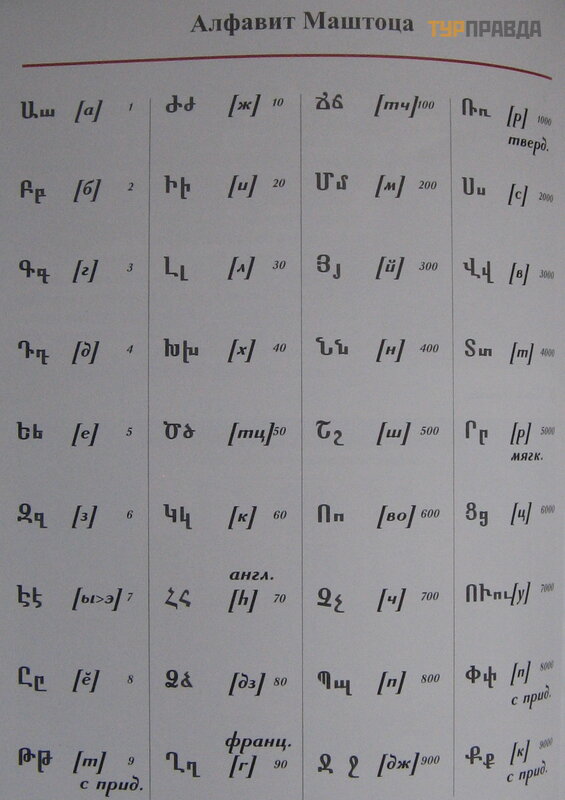 After the creation and until the 16th century, letters were also used as numbers (like Roman ones)
After the creation and until the 16th century, letters were also used as numbers (like Roman ones)
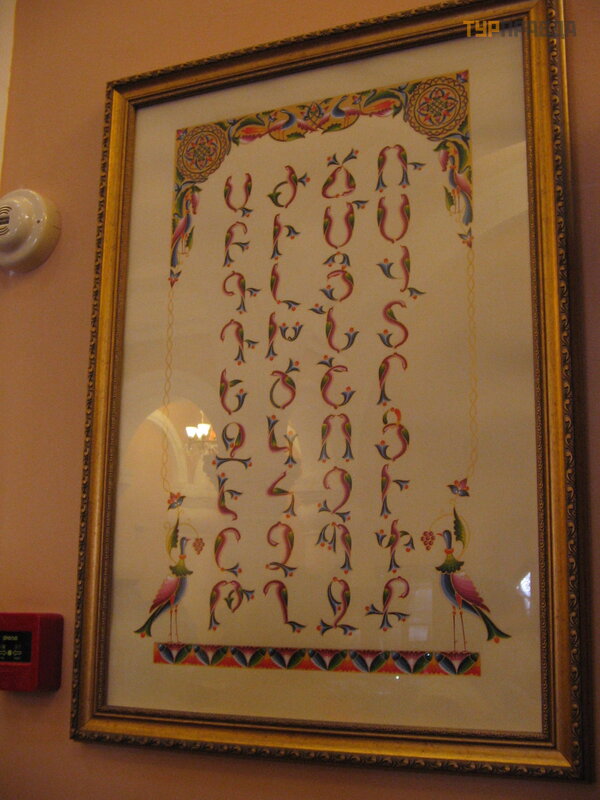 Mashtots alphabet in Matenadaran
Mashtots alphabet in Matenadaran
That's why Mashtots is great and revered even after 1600 years. A lot of monuments have been erected to him almost all over the country. The main street of Yerevan - Mashtots Avenue - bears the name of the creator of the Armenian alphabet. Are there many cities in the world that can boast such a main street name? At one of its ends is one of the largest book depositories in the world - Matenadaran, which also bears his name. Yes, there are central streets with art museums. But for the Letter and the Book to become the main ones... I have never seen this before. And that says a lot and explains a lot. There are also churches of Mashtots (the one in the Garni region has nothing to do with it, it is also a religious figure, but different). The same one on his grave is located in the village of Oshakan, where we have not been (not far from Ashtarak, which we drove three times).
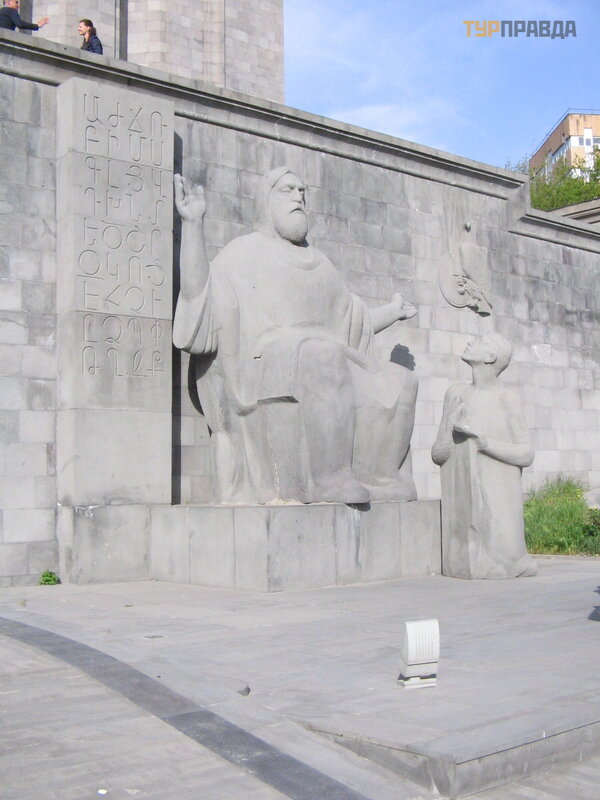 Monument to Mesrop Mashtots in front of the Matenadaran. Kneeling next to him is his student and biographer Koryun. The inscription on the left: "Know wisdom and guidance, understand the sayings of the mind" became the motto of the enlighteners - the followers of Mashtots (at the entrance above). The sword on the right is a symbol of the strength of spiritual culture in the struggle of the people for freedom and independence
Monument to Mesrop Mashtots in front of the Matenadaran. Kneeling next to him is his student and biographer Koryun. The inscription on the left: "Know wisdom and guidance, understand the sayings of the mind" became the motto of the enlighteners - the followers of Mashtots (at the entrance above). The sword on the right is a symbol of the strength of spiritual culture in the struggle of the people for freedom and independence
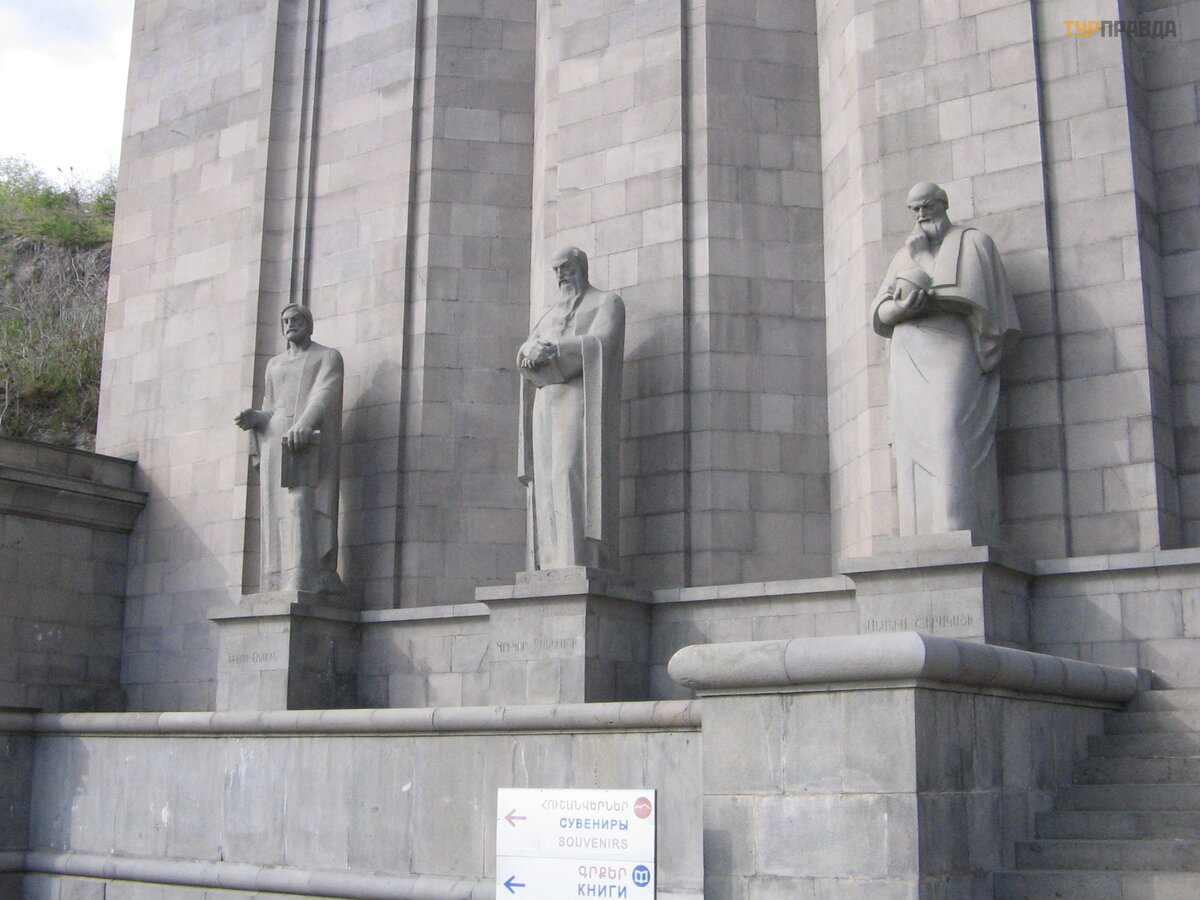 From left to right: Roslin - miniaturist (XIII century); Tatevatsi - philosopher (XIV-XV centuries); Shirakatsi - mathematician and cosmographer with the globe in his hands (7th century)
From left to right: Roslin - miniaturist (XIII century); Tatevatsi - philosopher (XIV-XV centuries); Shirakatsi - mathematician and cosmographer with the globe in his hands (7th century)
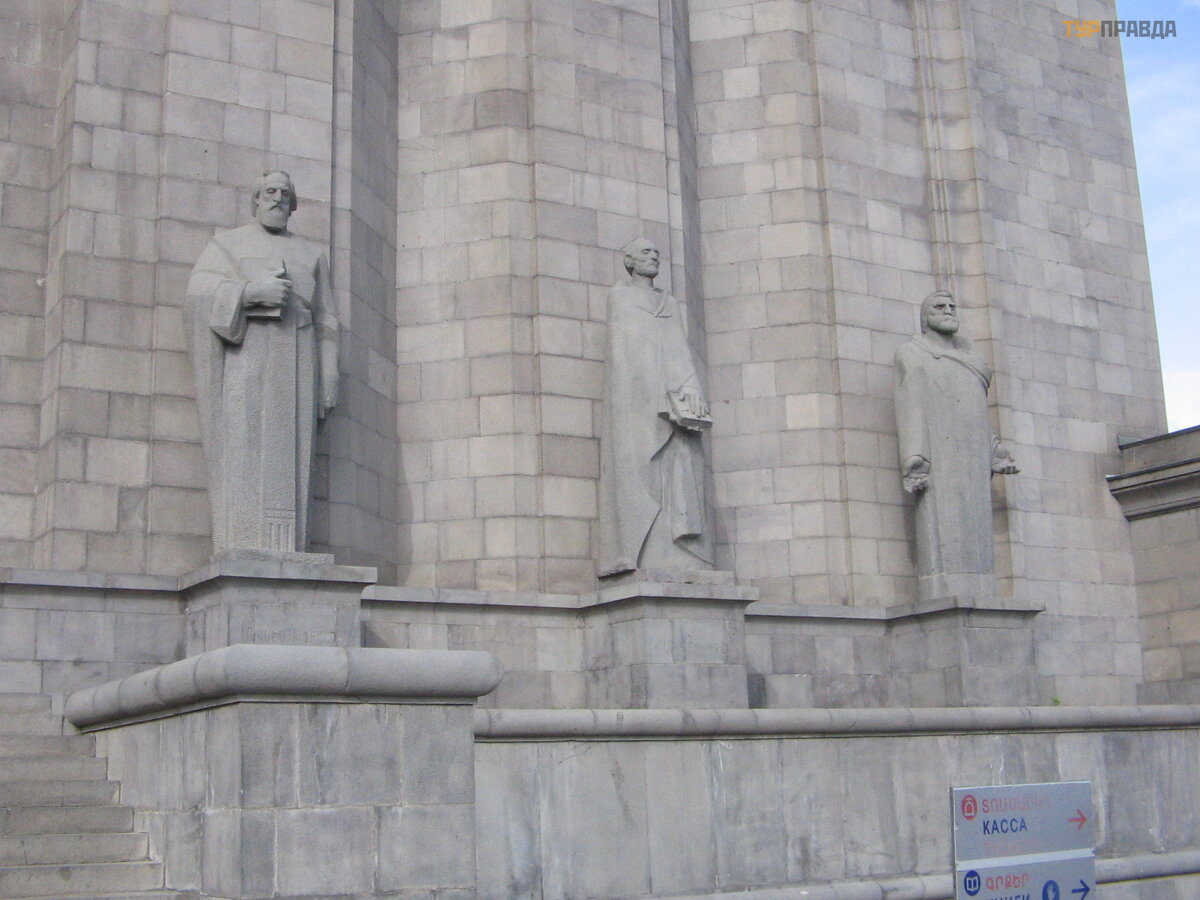 From left to right: Khorenatsi - historian (5th century); Gosh - jurist (XIII century); Frick the Poet (XIII century)
From left to right: Khorenatsi - historian (5th century); Gosh - jurist (XIII century); Frick the Poet (XIII century)
The alphabet is also found on the monuments.
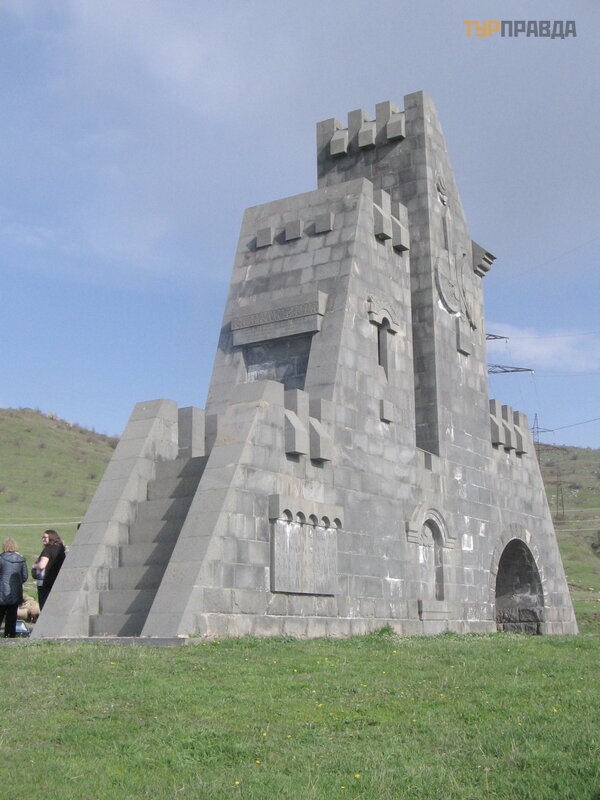 Monument in Goris (general view)
Monument in Goris (general view)
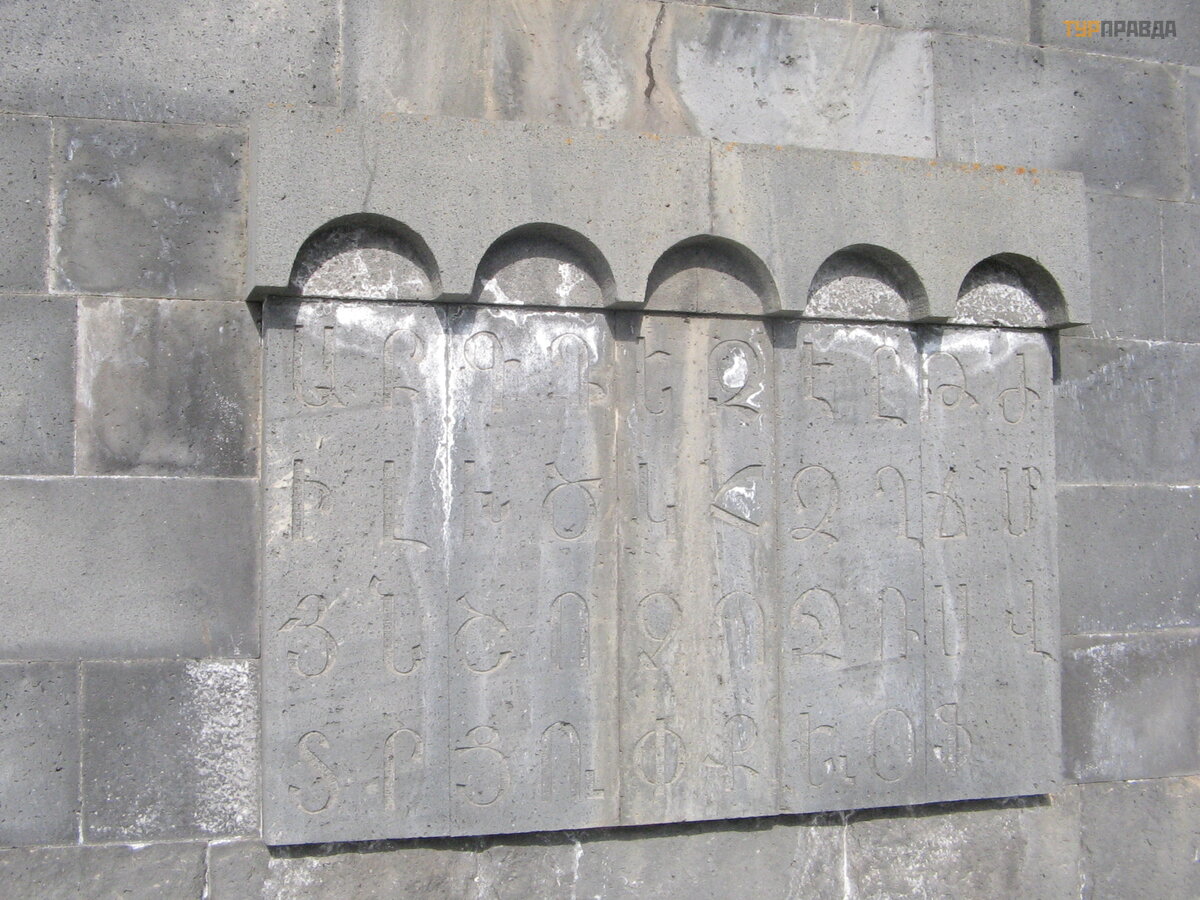 The alphabet on the monument in Goris
The alphabet on the monument in Goris
The walls and ceilings of churches and monasteries are covered with inscriptions from the inside, and sometimes from the outside. They, on special Armenian monuments - khachkars, explain the reason for making the monument.
Medieval monasteries were universities (as in Europe).
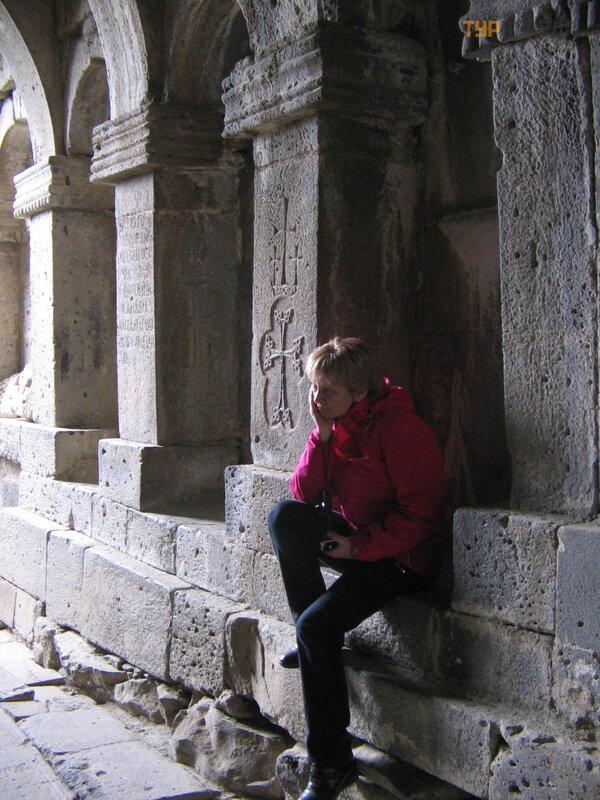 The students sat on such benches in the gallery; one side of the gallery is open, the other is closed (maybe not to run away from the lessons? ) Sanahin Monastery
The students sat on such benches in the gallery; one side of the gallery is open, the other is closed (maybe not to run away from the lessons? ) Sanahin Monastery
In the Armenian monasteries there were matenadarans (translated from Armenian - “book depository”). The basis of what is written today with a capital letter was the Etchmiadzin matenadaran.
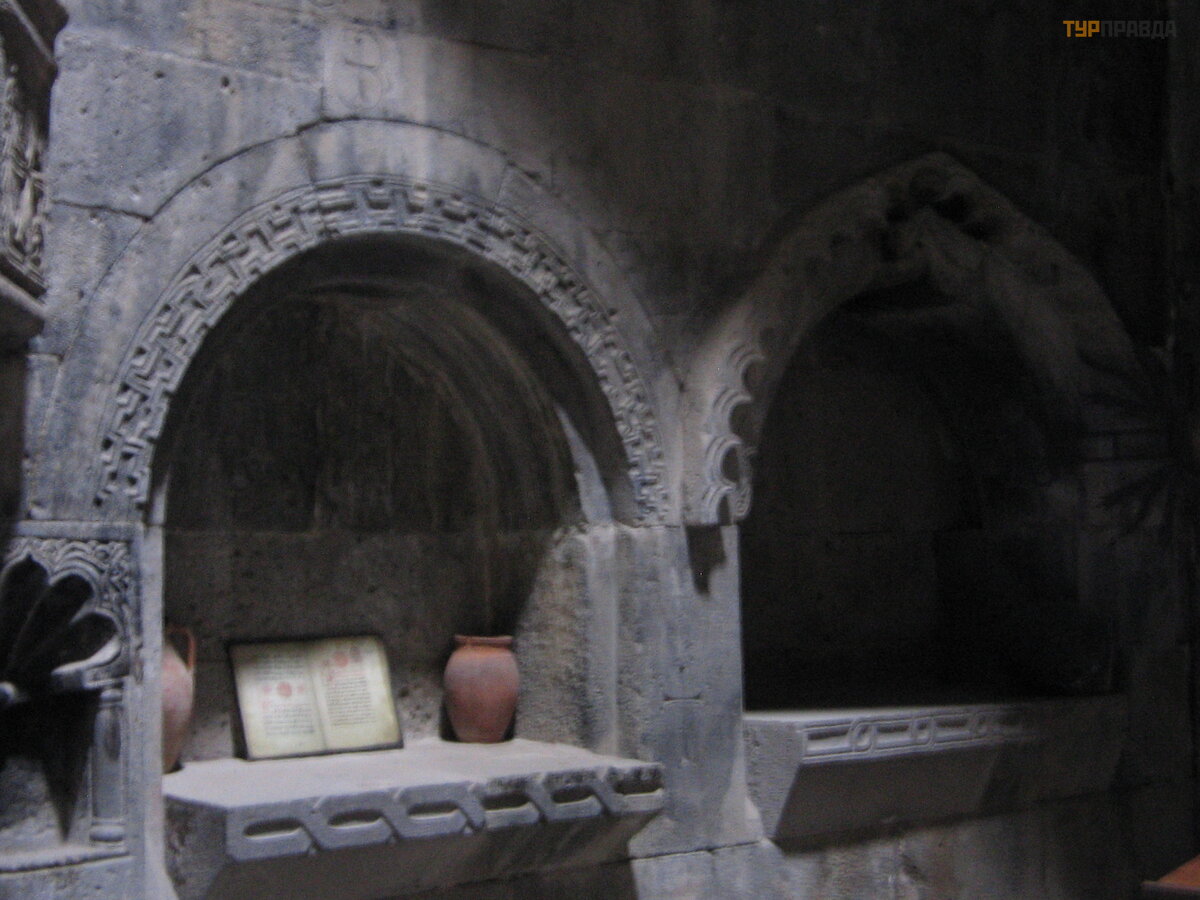 There were books on these shelves (Sanain Monastery)
There were books on these shelves (Sanain Monastery)
And during the raids, books were hidden and saved. The Matenadaran tells about how two women carried the largest and heaviest book during the genocide.
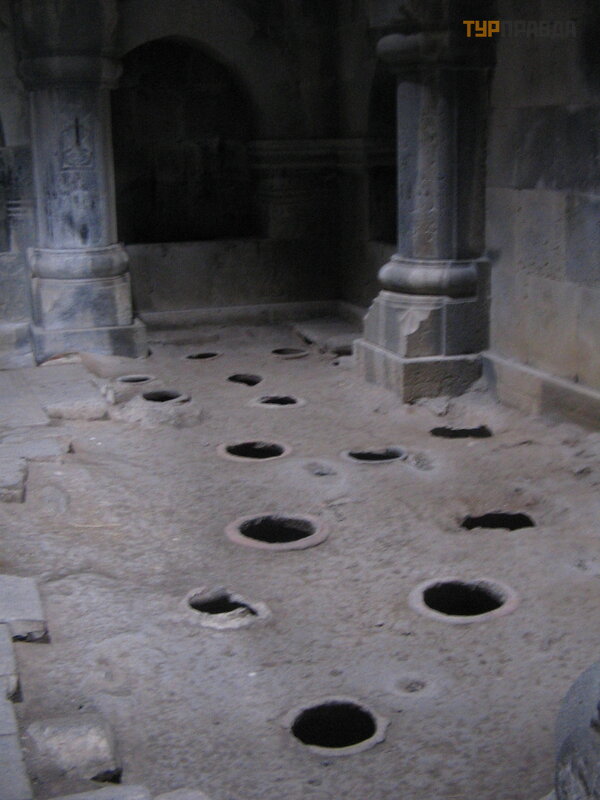 Books were hidden in these pots during raids (Hahpat Monastery)
Books were hidden in these pots during raids (Hahpat Monastery)
Most of the population, young and old, speaks a foreign language - Russian. And he speaks very well. I remember that in the museum-fortress of Erebuni, boys of 7-9 years old ran up to me and asked me something in Armenian. I answered in Russian "I don't understand". And they immediately switched to Russian. How many adults can communicate with a stranger?
While you travel around the country, you understand that education is highly valued here. And residents know much more than in other places. For example, we had to go to the Erebuni Museum by taxi. We agreed with the driver that he would take us back at the agreed time. During the trip back we got into a conversation. And when they got out of the car, my friend remarked: can you imagine a St. Petersburg taxi driver talking about the difference between the national epic (“David of Sasunsky”) and the epic of another country? I was struck by her thought.
In Sanahin, a girl approached us with a proposal to conduct a tour "for how much you give. " We, accustomed to various hacks rushing at passing tourists, tensed up. When the figure nevertheless sounded, they agreed to take a chance. She gave the tour better than many professionals. For a penny. We were annoyed that a knowledgeable person was selling his knowledge so cheaply.
Later, our guide asked me: what is the oldest book in Russian? Working with books, I remembered only the first printed one - Fedorov's "Apostle". I thought about handwritten for a long time. What is the first? Where is it stored? And, having already returned, I began to look for information on this issue. If travel asks questions that you later look for answers to, this is also, you see, useful.
The alphabet is used as decoration in souvenirs: on fabrics, wood, stone. And what's nice: the souvenirs are local, not Chinese. Although Chinese things are found: one-time accessories in hotels.
Reverence for the book and the letter proved contagious and ended up bringing home several kilos of books. And my fellow travelers carried even more.
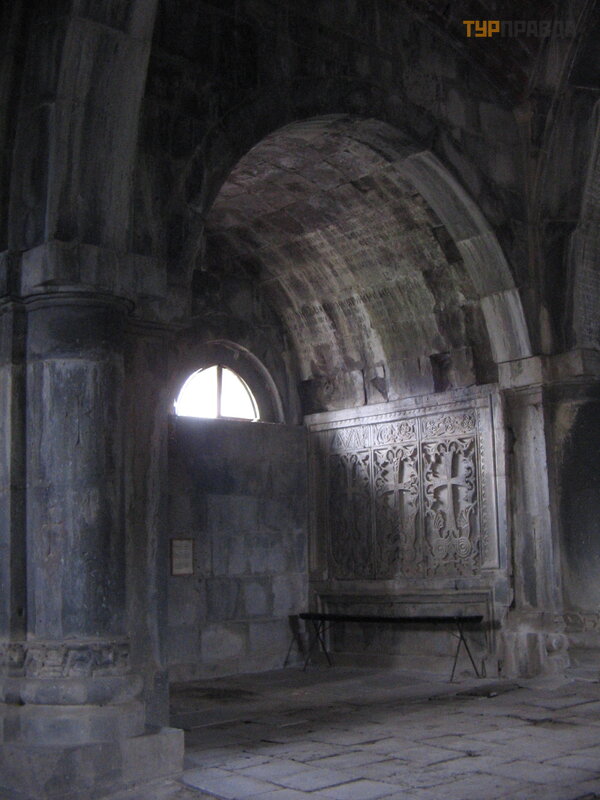













That's what I'm asking. Was it comfortable for parents to be in places where even a child can swim? Have you had many beaches nearby where adults and children could safely swim? Specifically near your hotel. Where and how did the whole family swim? At what time of the year and in what bay? Thanks in advance for your reply.
Вот я и спрашиваю. Было ли родителям комфортно находиться в местах, где может плавать даже ребёнок? Много у Вас было пляжей рядом, где могли бы спокойно плавать взрослые и дети? Конкретно около Вашего отеля. Где и как купались всей семьёй? В какое время года и в какой бухте? Заранее благодарим за ответ.
The beach is different for the beach! Different bays, there are places where even a child can swim, and there are places where you can go into the ocean and especially get out of big problems.
Пляж пляжу рознь!Разные бухты,есть места где может плавать даже ребенок,а есть и такие где зайти в океан и особенно выйти большие проблемы.
That's what I'm asking. Was it comfortable for parents to be in places where even a child can swim? Have you had many beaches nearby where adults and children could safely swim? Specifically near your hotel. Where and how did the whole family swim? At what time of the year and in what bay? Thanks in advance for your reply.
Вот я и спрашиваю. Было ли родителям комфортно находиться в местах, где может плавать даже ребёнок? Много у Вас было пляжей рядом, где могли бы спокойно плавать взрослые и дети? Конкретно около Вашего отеля. Где и как купались всей семьёй? В какое время года и в какой бухте? Заранее благодарим за ответ.
In Sri Lanka in Tangalle we have been resting in January-February for five years now. Our granddaughter started going there from her two years old - now she is already six... waist-deep aquarium (Tangalle city beach), which is separated from the ocean by reefs, with calm water in any storm, to amazing sandy gently sloping beaches, where it is completely safe to swim in the waves.
There are beaches where you can go on foot, but not others you need to go - options: by tuk-tuk or by bus. It's great to ride buses - cheap and fast. For the south of the island, the concept of "season" practically does not exist. The weather here is the same all year round, the temperature during the day is 30-31, at night 25-26, the water in the ocean is about 28.
Probably the seasons here differ in the direction of the surf waves - either from left to right, or from right to left, which in the bays creates a calm zone either on the right or on the left.
Near our hotel, the beach is quite suitable for swimming with the whole family, there are no strong currents, there are shallow waters for children and there are depths for adults to swim. It’s just that we are fidgets, and we wanted to explore the entire coast, which we actually did. We can describe the features of the coast to Dikwella in one direction and to the Rekava in the other. If you have a question about a specific beach, write, we will answer.
В Шри -Ланке в Тангалле отдыхаем январе- феврале вот уже пять лет. Наша внучка начинала ездить туда со своих двух лет - теперь ей уже шесть... Для каждого возраста ребёнка ( и взрослого - в зависимости от умения плавать и что хочется - плавать с маской или купаться на волнах) рядом с отелем есть разнообразнейшие пляжи - от аквариума по пояс (городской пляж Тангалле), который отделён от океана рифами, со спокойной водой в любой шторм, до изумительных песчаных пологих пляжей, где совершенно безопасно купаться в волнах.
Есть пляжи, куда пешком можно сходить, а не другие нужно ехать - варианты: на тук-туке или на автобусе. Очень здорово ездить на автобусах - недорого и быстро. Для юга острова понятия "время года" практически не существует. Круглый год здесь погода одинаковая, температура днём 30-31, ночью 25-26, воды в океане около 28. Наверное времена года здесь отличаются направлением движения волн прибоя - или слева направо, или справа налево, что в бухтах создаёт зону штиля или справа, или слева.
Около нашего отеля пляж вполне пригоден для плавания всей семьёй, здесь нет сильных течений, есть мелководье для детей и есть глубины для плавания взрослых. Просто мы непоседы, и хотели обследовать всё побережье, что собственно и сделали. Можем вам описать особенности побережья до Диквеллы в одну сторону до Рекавы в другую. Если у вас возникнет вопрос по какому-то пляжу конкретно, напишите, ответим.
In Sri Lanka in Tangalle we have been resting in January-February for five years now. Our granddaughter started going there from her two years old - now she is already six... waist-deep aquarium (Tangalle city beach), which is separated from the ocean by reefs, with calm water in any storm, to amazing sandy gently sloping beaches, where it is completely safe to swim in the waves.
There are beaches where you can go on foot, but not others you need to go - options: by tuk-tuk or by bus. It's great to ride buses - cheap and fast. For the south of the island, the concept of "season" practically does not exist. The weather here is the same all year round, the temperature during the day is 30-31, at night 25-26, the water in the ocean is about 28.
Probably the seasons here differ in the direction of the surf waves - either from left to right, or from right to left, which in the bays creates a calm zone either on the right or on the left.
Near our hotel, the beach is quite suitable for swimming with the whole family, there are no strong currents, there are shallow waters for children and there are depths for adults to swim. It’s just that we are fidgets, and we wanted to explore the entire coast, which we actually did. We can describe the features of the coast to Dikwella in one direction and to the Rekava in the other. If you have a question about a specific beach, write, we will answer.
В Шри -Ланке в Тангалле отдыхаем январе- феврале вот уже пять лет. Наша внучка начинала ездить туда со своих двух лет - теперь ей уже шесть... Для каждого возраста ребёнка ( и взрослого - в зависимости от умения плавать и что хочется - плавать с маской или купаться на волнах) рядом с отелем есть разнообразнейшие пляжи - от аквариума по пояс (городской пляж Тангалле), который отделён от океана рифами, со спокойной водой в любой шторм, до изумительных песчаных пологих пляжей, где совершенно безопасно купаться в волнах.
Есть пляжи, куда пешком можно сходить, а не другие нужно ехать - варианты: на тук-туке или на автобусе. Очень здорово ездить на автобусах - недорого и быстро. Для юга острова понятия "время года" практически не существует. Круглый год здесь погода одинаковая, температура днём 30-31, ночью 25-26, воды в океане около 28. Наверное времена года здесь отличаются направлением движения волн прибоя - или слева направо, или справа налево, что в бухтах создаёт зону штиля или справа, или слева.
Около нашего отеля пляж вполне пригоден для плавания всей семьёй, здесь нет сильных течений, есть мелководье для детей и есть глубины для плавания взрослых. Просто мы непоседы, и хотели обследовать всё побережье, что собственно и сделали. Можем вам описать особенности побережья до Диквеллы в одну сторону до Рекавы в другую. Если у вас возникнет вопрос по какому-то пляжу конкретно, напишите, ответим.